The dental industry continues to evolve with technological advancements that enhance diagnostic capabilities and improve patient care. The DEXIS Scanner with Nomad stands at the forefront of this evolution, offering dental professionals a powerful combination of portability and precision. This innovative system integrates the renowned DEXIS digital imaging technology with the freedom of movement provided by the Nomad handheld X-ray device, creating a comprehensive solution that transforms how dental imaging is performed in contemporary practices.
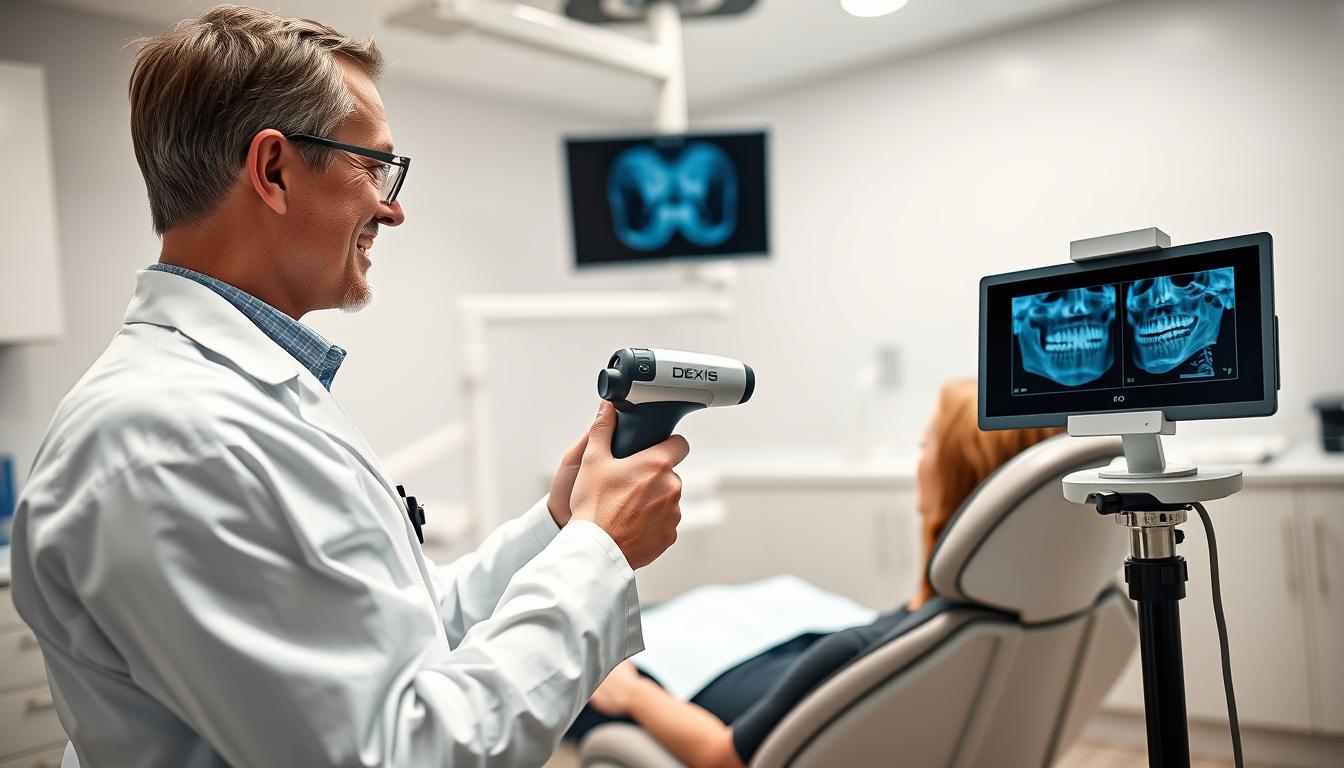
Advanced Technology Behind the DEXIS Scanner with Nomad
The DEXIS Scanner with Nomad represents a significant leap forward in dental imaging technology, combining cutting-edge features that enhance diagnostic capabilities while improving workflow efficiency. This powerful system integrates seamlessly into modern dental practices, providing unprecedented flexibility and image quality. ND:YAG Pulsed Laser Dentistry: Applications, Benefits, and Safety Protocols
Core Features of the DEXIS Scanner
High-definition imaging with exceptional clarity and detailWireless design for unrestricted movement throughout the practiceErgonomic construction that reduces hand fatigue during extended useAI-assisted image enhancement for improved diagnostic accuracyRapid image capture and processing for efficient patient flow

NOMAD Pro 2 X-ray System Integration
Portable handheld X-ray unit with internal radiation shieldingBattery-powered operation with 30% greater capacity than previous models0.4 mm focal spot for precise, repeatable exposuresIntuitive user interface with customizable settingsAcrylic shield that creates a safe zone for operators during image acquisition
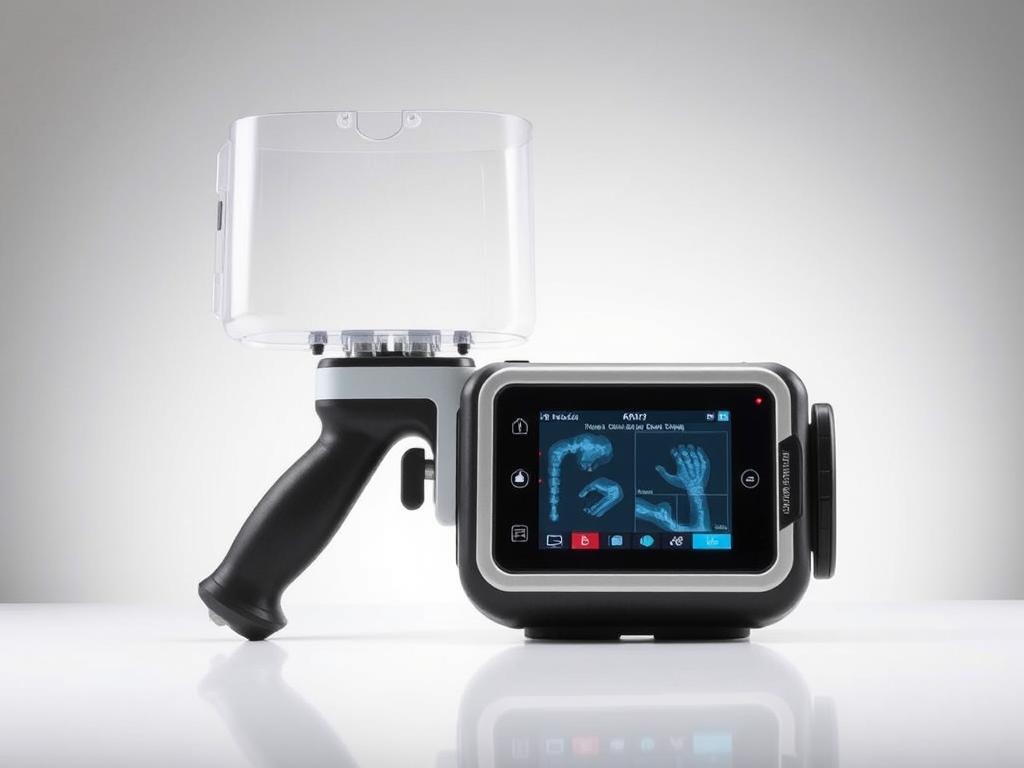
Experience Next-Generation Dental Imaging
See how the DEXIS Scanner with Nomad can transform your diagnostic capabilities and workflow efficiency.Request a Live Demonstration
Advantages Over Traditional Dental Imaging Systems
The DEXIS Scanner with Nomad offers significant advantages over conventional wall-mounted X-ray units and traditional imaging systems. These benefits translate to improved clinical outcomes, enhanced practice efficiency, and better patient experiences.
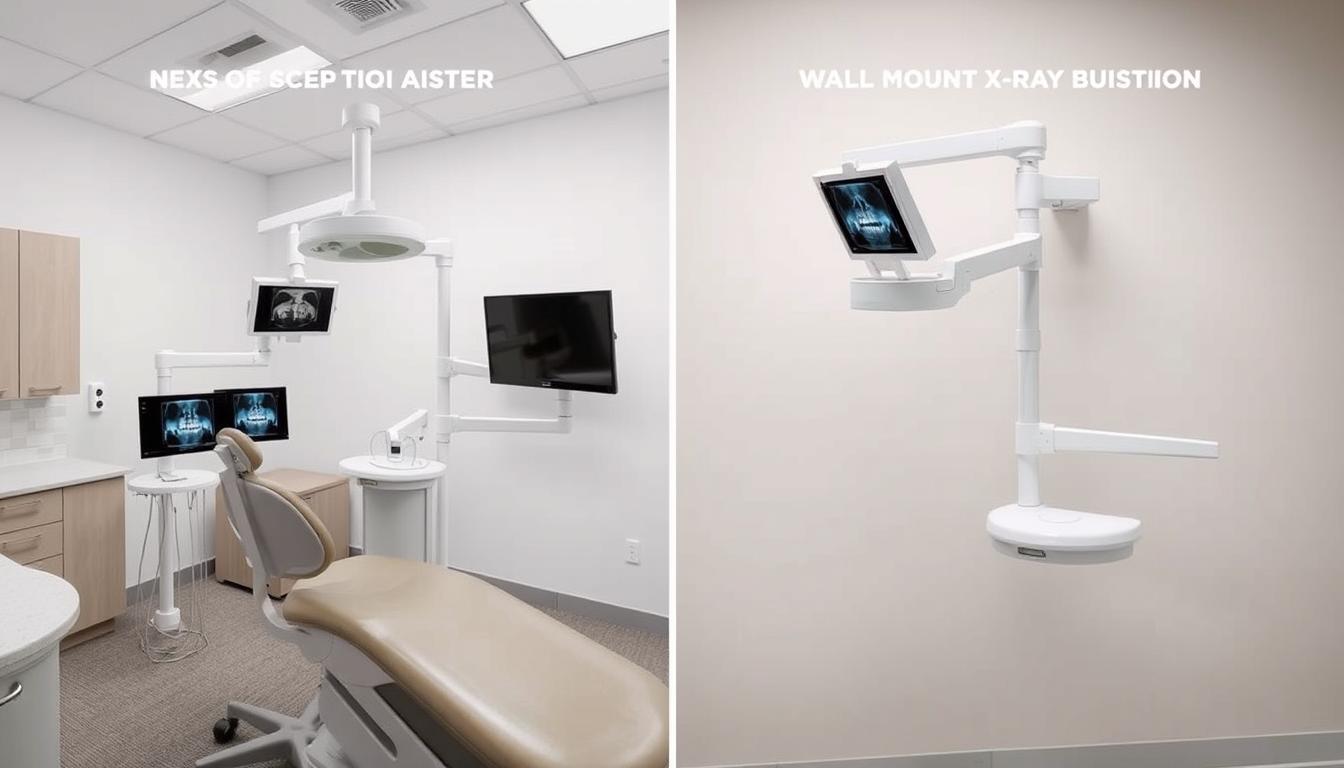
DEXIS Scanner with Nomad Advantages
- Complete mobility between operatories without fixed installation requirements
- Significant cost savings compared to equipping multiple rooms with wall-mounted units
- Ability to remain chairside during imaging, improving patient comfort and reducing anxiety
- Up to 40% faster imaging workflow from positioning to image review
- Superior image quality with AI-enhanced processing for better diagnostic accuracy
- Reduced radiation exposure through optimized dose control
- No special construction, wiring, or complex installation needed
Traditional System Limitations
- Fixed position requires moving patients to specific operatories for imaging
- Higher installation costs with multiple units needed for larger practices
- Operator must leave the room during exposure, disrupting workflow
- Longer imaging process with more potential for retakes due to patient movement
- Limited image processing capabilities in older systems
- Less precise radiation control in conventional units
- Extensive installation requirements including special construction and wiring
4.8
Overall Rating
Image Quality
4.8/5
Portability
5.0/5
Ease of Use
4.7/5
Battery Life
4.5/5
Value for Investment
4.6/5
Clinical Applications and Use Cases
The versatility of the DEXIS Scanner with Nomad makes it an invaluable tool across numerous dental specialties and procedures. Its portable nature and high-quality imaging capabilities expand the diagnostic possibilities in various clinical scenarios.
General Dentistry

The system excels in routine examinations, providing detailed images for cavity detection, periodontal assessment, and treatment planning. The high-resolution imaging reveals early-stage decay that might be missed with traditional methods, while the portable design allows for immediate imaging during patient consultations.
Orthodontics

Orthodontists benefit from the system’s ability to capture precise images for treatment planning and progress monitoring. The portable nature allows for quick imaging during adjustment appointments, while integration with orthodontic software enables comprehensive treatment visualization and planning for optimal outcomes.
Implant Dentistry
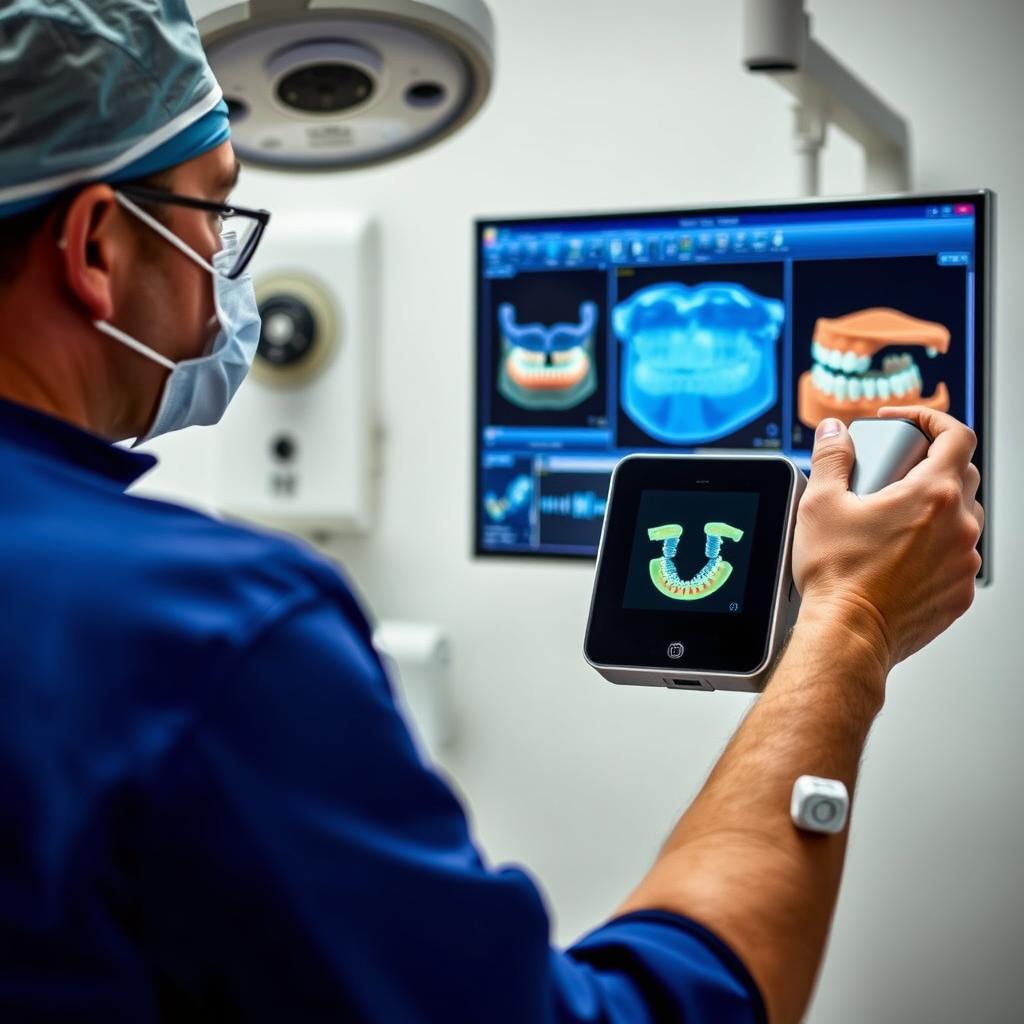
For implant procedures, the DEXIS Scanner with Nomad provides critical imaging for precise placement planning and post-operative assessment. The system’s accuracy helps ensure optimal implant positioning, while its portability allows for immediate imaging during surgical procedures without disrupting the sterile field.
“The DEXIS Scanner with Nomad has transformed our multi-specialty practice. We can now perform imaging in any operatory without moving patients or installing multiple wall-mounted units. The image quality is exceptional, and the workflow efficiency has increased our patient throughput by nearly 30%.”
Dr. Sarah Johnson, Advanced Dental Associates
Endodontics
Endodontists rely on the system’s high-resolution imaging for canal identification and treatment. The precise focal spot of 0.4 mm ensures clear visualization of root anatomy, while the portable design allows for immediate imaging during procedures to confirm treatment progress.
Pediatric Dentistry
The system’s non-intimidating design and ability to capture images quickly is particularly valuable for pediatric patients. Dentists can remain chairside to comfort anxious children, and the reduced radiation exposure is especially beneficial for younger patients.
Mobile Dentistry
For dental professionals providing care in nursing homes, rural areas, or mobile clinics, the DEXIS Scanner with Nomad offers unprecedented flexibility. Its battery-powered operation and compact design make it ideal for delivering quality care in non-traditional settings.
User Experience and Operational Workflow
The DEXIS Scanner with Nomad is designed with the practitioner’s experience in mind, offering intuitive operation and seamless integration into daily clinical workflows. From initial setup to ongoing use, the system prioritizes efficiency and ease of operation.

Setup and Ergonomics
The system arrives ready to use with minimal setup requirements. Unlike traditional wall-mounted units that require special construction and installation, the DEXIS Scanner with Nomad can be operational within minutes of unboxing. The ergonomic design features include:Balanced weight distribution that reduces hand fatigue during extended useIntuitive button placement for one-handed operationAdjustable grip size to accommodate different hand dimensionsLightweight construction (6.0 lbs/2.7kg) for easy maneuverabilityRechargeable battery system with convenient charging dock

Software Compatibility and DEXIS IS Suite
The DEXIS Scanner with Nomad integrates seamlessly with the DEXIS IS Suite, providing a comprehensive imaging solution with advanced features:
| Software Feature | Functionality | Clinical Benefit |
| ClearVu™ Image Enhancement | AI-powered image optimization | Improved diagnostic clarity and detail visualization |
| DEXview™ Multi-Image Display | Side-by-side image comparison | Efficient treatment planning and progress monitoring |
| DEXshare™ Patient Communication | Interactive patient education tools | Enhanced treatment acceptance and patient understanding |
| DEXbackup™ Cloud Storage | Secure image archiving and retrieval | Compliance with record-keeping requirements and data protection |
| DEXconnect™ Integration | Compatibility with practice management software | Streamlined workflow and reduced administrative time |
Enhance Your Practice Efficiency
Discover how the DEXIS Scanner with Nomad can streamline your workflow and improve patient care.Schedule a Personalized Consultation
Digital Workflow Integration
The true power of the DEXIS Scanner with Nomad lies in its ability to integrate seamlessly with other digital dentistry tools and systems. This integration creates a comprehensive digital workflow that enhances efficiency and expands treatment possibilities.
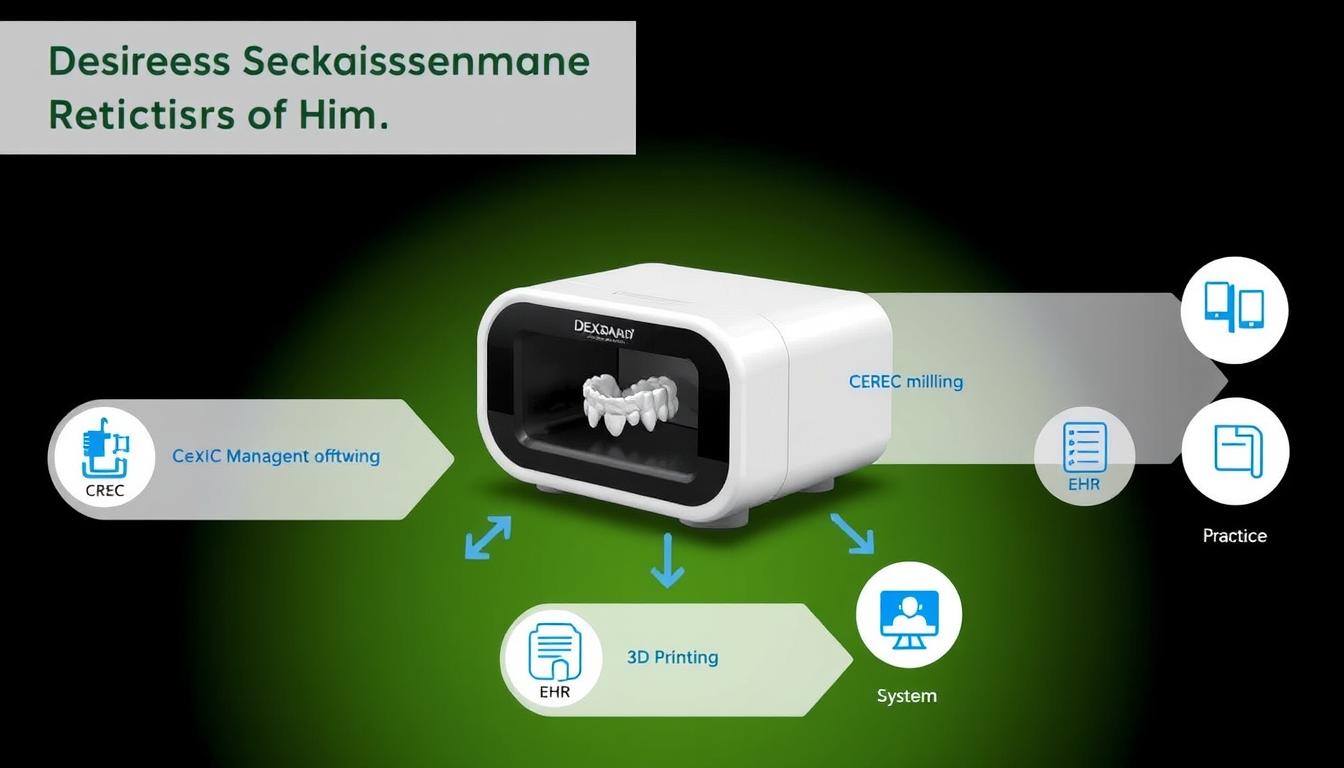
Comprehensive Digital Ecosystem
CEREC Integration
The DEXIS Scanner with Nomad provides imaging data that seamlessly transfers to CEREC systems for same-day restorations. This integration enables complete digital workflows from diagnosis to final restoration without leaving the operatory, significantly reducing treatment time and improving patient satisfaction.
3D Printing Compatibility
Images captured by the DEXIS Scanner with Nomad can be utilized in treatment planning for 3D-printed surgical guides, models, and appliances. This integration supports advanced digital workflows for implant placement, orthodontic treatment, and surgical procedures with exceptional precision.
EHR System Connectivity
The system integrates with leading electronic health record systems, ensuring that imaging data becomes part of the comprehensive patient record. This connectivity supports coordinated care, facilitates referrals, and ensures compliance with documentation requirements while maintaining secure data management.
ROI Advantage: Multi-Operatory Efficiency
Practices with multiple operatories realize significant return on investment with the DEXIS Scanner with Nomad. Rather than equipping each room with a wall-mounted unit (typically $8,000-$12,000 per installation), a single portable system can serve the entire practice. For a six-operatory office, this represents potential savings of $40,000-$60,000 in equipment costs alone, not including installation and maintenance savings.
How does the DEXIS Scanner with Nomad integrate with existing practice management software?
The system utilizes standard DICOM formatting and open architecture to ensure compatibility with most major practice management platforms. The DEXIS IS Suite includes DEXconnect™ integration modules for popular software including Eaglesoft, Dentrix, Open Dental, and many others. For specialized systems, the DEXIS technical team provides custom integration support during implementation.
What training is required for staff to effectively use the DEXIS Scanner with Nomad?
Most dental professionals can become proficient with the system after a single training session. DEXIS provides comprehensive onboarding that includes hands-on training, video tutorials, and 24/7 support resources. The intuitive interface is designed to mirror familiar workflows, minimizing the learning curve for teams transitioning from traditional imaging systems.
Transform Your Practice with Advanced Dental Imaging
The DEXIS Scanner with Nomad represents a significant advancement in dental imaging technology, offering unprecedented flexibility, efficiency, and diagnostic capability. By combining portability with exceptional image quality, this innovative system enables dental professionals to deliver superior care while optimizing practice workflows.
Whether you’re establishing a new practice, upgrading existing equipment, or expanding your diagnostic capabilities, the DEXIS Scanner with Nomad provides a versatile solution that adapts to your specific needs and grows with your practice.
Ready to Experience the DEXIS Difference?
Contact a DEXIS representative today to schedule a personalized demonstration and discover how the DEXIS Scanner with Nomad can transform your practice.Request Your Demo Today
Or call us directly: 1-800-DEXIS-NOW

